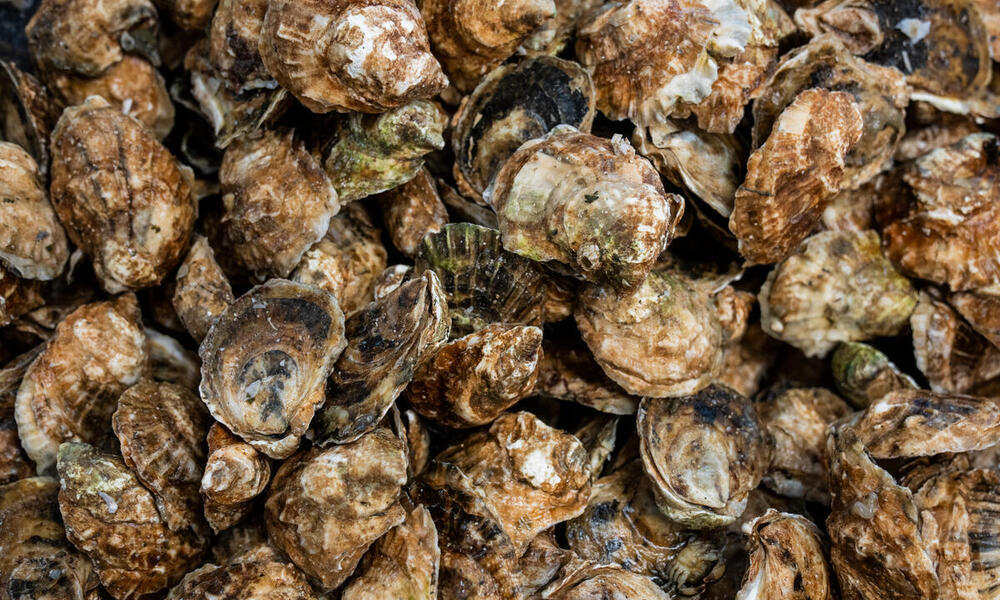How this helps with climate change
Meeting the climate challenge involves three things: reducing carbon emissions, sequestering excess carbon from the atmosphere, and managing the impacts of a warming planet as they affect nature and our communities. The natural ability of oysters to extract and store carbon from the atmosphere is a notable contributor to climate solutions.
Superpower: Low-Impact Protein Provider
Oysters are nutritious, providing low-fat protein, and are packed with vitamin D, vitamin B12, and lots of minerals and Omega-3 fatty acids. To grow, oysters do not require additional nutrients or food sources other than what is already in their water habitat. They don’t pollute the water they grow in, they clean it. There aren’t many sources of protein that can be commercially farmed and claim to leave the environment they are raised in cleaner than they found it.
How this helps with climate change
As our food systems are challenged by a changing climate and our need to find climate-friendly food sources increases, oysters can be a nutritious, plentiful protein source.
In a world grappling with the impacts of climate change, oysters stand out as climate change heroes. Their ability to protect coastlines, enhance water quality, create thriving ecosystems, capture carbon dioxide, and provide plentiful protein makes them invaluable allies in our fight against a warming planet. We need to support the important work these unassuming mollusks do, by safeguarding their habitats and promoting their critical role in building a more sustainable future. They’re doing their part. Now let’s do ours.


